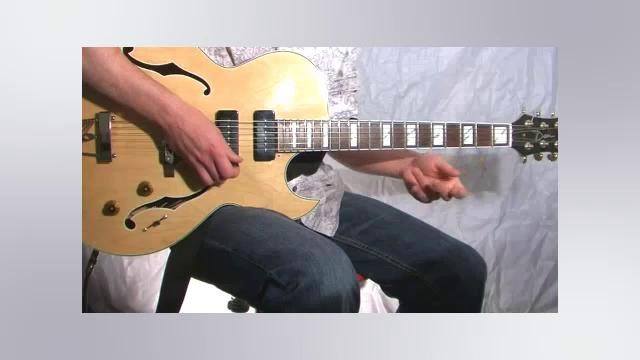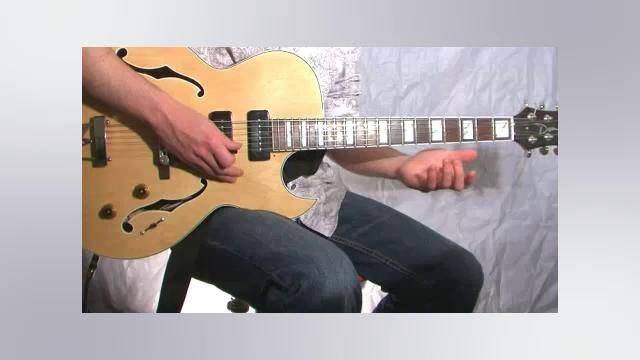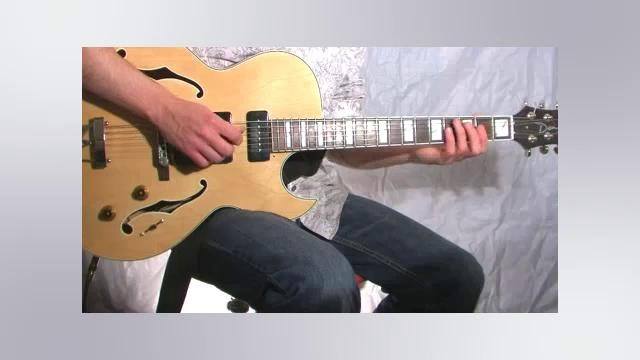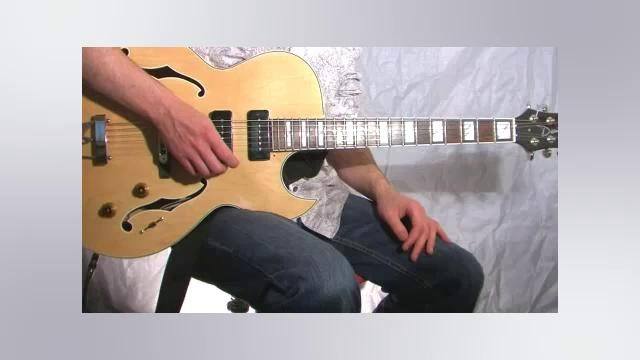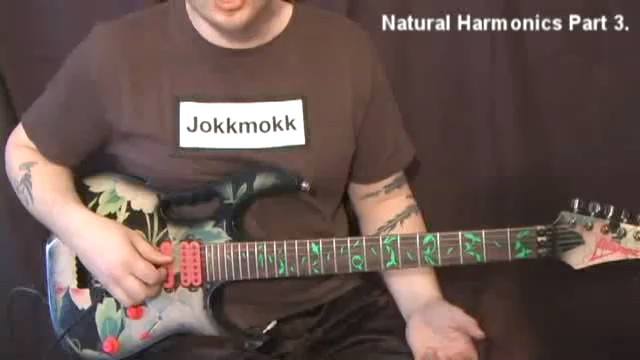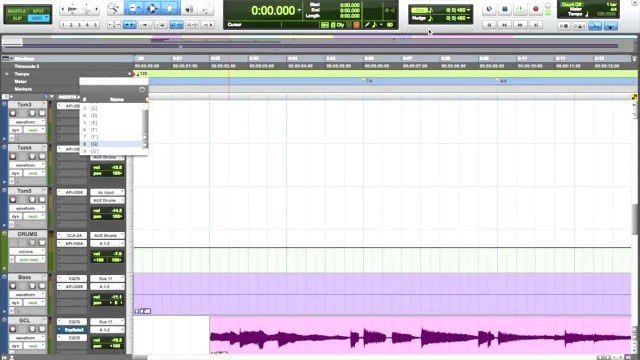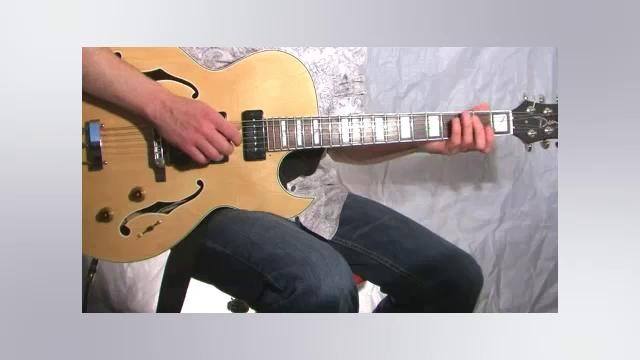We are now going to dive into learning dotted notes and dotted rests, as well as tied notes and slurs.
The thing we have to remember about dotted notes and dotted rests is that whenever you see one, that note is held out half a beat longer than usual. So for instance, a dotted half note:
![]()
Is held out for 2 and a half beats. Think of it as a Half Note plus a Quarter note.
A Dotted Quarter note:
![]()
Is held out for 1 and a half beats. Think of this one as a Quarter Note plus an Eighth note.
And a Dotted Eighth Note:
![]()
Is held out for a half a beat and a half, so to speak. Think of this one as an Eighth Note plus a Sixteenth note.
Dotted rests work the same way as dotted notes do, so here is a rundown of the different dotted rests. Remember that when you see a dotted rest, that rest should last one and a half times the value of the main rest:
![]()
Another way to make a note longer is to add a tie to it. A tie is a little rounded connector that is placed between 2 notes, which tells you to add the second note to the first one, so when you see 2 or more notes tied together, you play them as if they were one single note. So, for example, 2 quarter notes tied together would be played as a Half note.

Now, there is another thing that happens when 2 notes are connected but are on different pitches. This is not called a tie, but called a Slur. This is used to indicated that 2 or more notes are to be played is a smoothly connected fashion, such as with legato.


















































































































